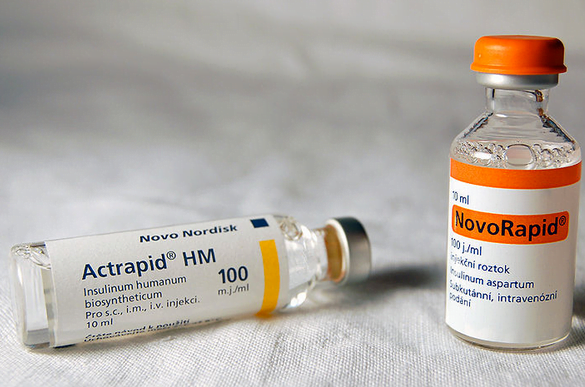Rashida was 33 when she was diagnosed with diabetes. Her father had the disease, so when she found herself needing to use the bathroom frequently and having inexplicable thirst, she recognized the symptoms. Still, the Teaneck, New Jersey resident was surprised. “I never thought this would happen to me,” she wrote. She continued to ignore the signs until the day she fell asleep while driving. When she went to her doctor, she was immediately sent to the ER. “I could have died,” she said. “This is when my life changed.”
Rashida is one of 382 million people living with Type 2 diabetes. Diabetes is the name for the group of metabolic diseases where someone develops high blood sugar, either because the pancreas doesn´t produce enough insulin or because the body develops insulin resistance. Type 2 diabetes, where cells fail to use the insulin the body naturally produces, is frequently believed to be caused by lifestyle choices.
But last month, a new study by the University of Oxford found that genes play a sizable role in the development of type 2 diabetes. DNA from 48,000 patients and 139,00 non-diabetics were analyzed, and for the first time, the study group included a sizable population of Asian and Hispanic descendants. By looking at these 300 million DNA variants, the researchers at Oxford were able to determine that just the risk factors found to date don´t explain the differences between diabetes rates in ethnic groups. “The risk regions we have found to date do not explain the clear differences in the patterns of diabetes between those groups,” Professor Mark McCarthy said.
According to the International Diabetes Federation, over 80 percent of people wtih diabetes live in low- and middle-income countries, where it can be difficult to maintain a diet low in sugar and fat. A study published in Diabetologia explains that rural-urban migration and the trend towards “Westernized” lifestyles are associated with a dramatic increase in the rates of diabetes. Even in developed countries, there´s a significant difference in diabetes rates between socioeconomic groups, and prevalence rates have been inversely associated with levels of education and income.
In September of 2011, the U.N. issued a policy statement on non-communicable diseases like diabetes. Since then, global targets have been set to try to reduce premature deaths from non-communicable diseases 25 percent by 2025. Diabetes, like many other non-communicable diseases, can be tricky to prevent, because the most effective solutions involve lifestyle changes rather than medicinal approaches – and lifestyle changes can be prohibitively expensive. But the costs of this pandemic, while difficult to precisely calculate, are clear. According to the International Diabetes Federation, direct costs of diabetes may be as high as $241 billon dollars.
As the post-millennium development goals are set, it will be important to keep in mind the words of Paul Farmer, an outspoken advocate for health-care for the underprivileged. “There is nothing wrong with underlining personal agency,” Farmer said, “but there is something unfair about using personal responsibility as a basis for assigning blame while simultaneously denying those who are being blamed the opportunity to exert agency in their lives.”
